
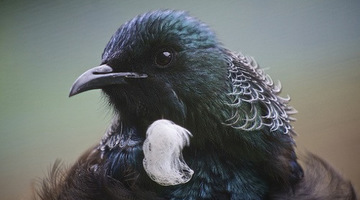
New Zealand is world famous for its unique birdlife. In our resources on conserving our native birds, we look at the issues surrounding the conservation of some of our threatened bird species ...
READ MORE

New Zealand native birds have been greatly affected by predation. For millions of years, they lived in an environment without natural predators. Many species developed traits like flightlessness ...
READ MORE
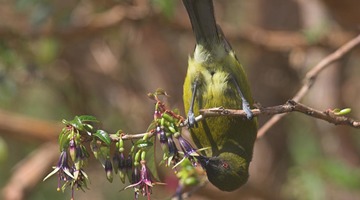
An ecosystem consists of all of the organisms living within an area and the interactions between them and the physical environment. All ecosystems, whether they are marine, freshwater or located ...
READ MORE
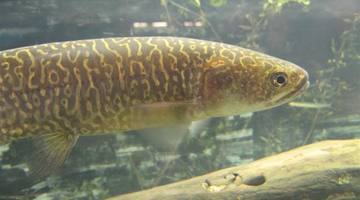
In this activity, students can test their knowledge of freshwater fish online or in a paper-based quiz. The quiz can be used as an introductory tool to gauge students’ prior knowledge, as a ...
READ MORE
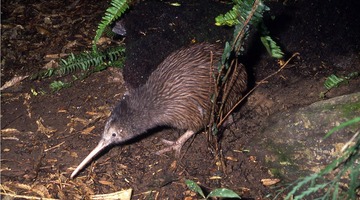
In this activity, students classify the different types of adaptations that New Zealand native birds have. Rights: Image courtesy of Ngā Manu Images Kiwi adaptations Structural adaptations that ...
READ MORE

In this activity, students build a food web that represents the Aotearoa New Zealand bush ecosystem. Students use images of organisms within the ecosystem to explore the relationships between ...
READ MORE
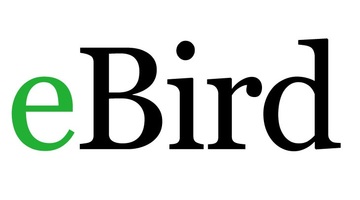
This comprehensive worldwide online citizen science (OCS) project collates bird species, numbers, locations and times of sightings into a large database. You can create a class as a user and, by ...
READ MORE
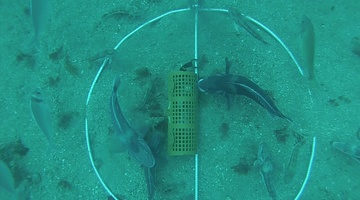
Come and visit Aotearoa New Zealand’s underwater world in this online citizen science project. Discover, count and identify unique fish species that live within our marine reserves ...
READ MORE
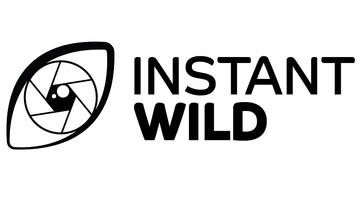
Instant Wild is an initiative by the Zoological Society of London. Photos or videos of animals are recorded using hidden cameras in a range of worldwide locations. The aim is to increase the ...
READ MORE

New Zealand is well known for its unique bird life. Our endemic birds evolved in an isolated, island environment. The arrival of people, the deliberate and accidental introduction of mammalian ...
READ MORE
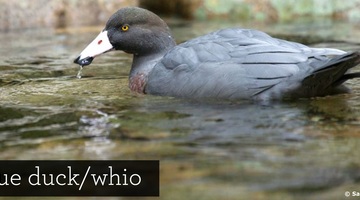
In this recorded professional learning session, Shanthie Walker from DOC and Lyn Rogers explore why the whio/blue duck is so important to New Zealand. They use the Department of Conservation Whio ...
READ MORE

In this recorded professional learning session, Shanthie Walker from DOC and Lyn Rogers continue to explore why the whio/blue duck is so important to New Zealand and why it is so endangered. They ...
READ MORE
Dave Kelly the of University of Canterbury explains why native mistletoes are declining. He also talks about the research that he and Jenny Ladley carry out in Craigieburn Forest Park in the ...
READ MORE
The Rhabdothamnus plant relies on bellbirds and stitchbirds for pollination. Dave Kelly of the University of Canterbury explains that, where these birds are absent, the plants are not surviving ...
READ MORE
Our native forests – ngahere – have complex ecosystems. These ecosystems are under threat from introduced wasp species. In this episode of Project Mātauranga, Associate Professor Jacqueline Beggs ...
READ MORE
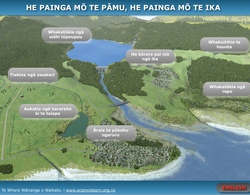
Tirohia ngā rautaki e ora tonu ai ngā arawai mō ērā kei te taha whakararo o te wai me ngā ika taketake, waihoki ka whaihua hoki ngā pāmu, e kore ai hoki e heke iho ngā putanga. Hei tirotiro i te ...
READ MORE

This slideshow allows students to consider some of the pros and cons of various methods of predator control. Use the Slideshow menu for further options, including view full screen, and go here ...
READ MORE
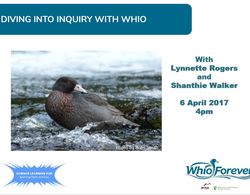
This slideshow, from the webinar Making sense of data, provides additional support for the video tutorial. Use the Slideshow menu for further options, including view full screen, and go here for ...
READ MORE